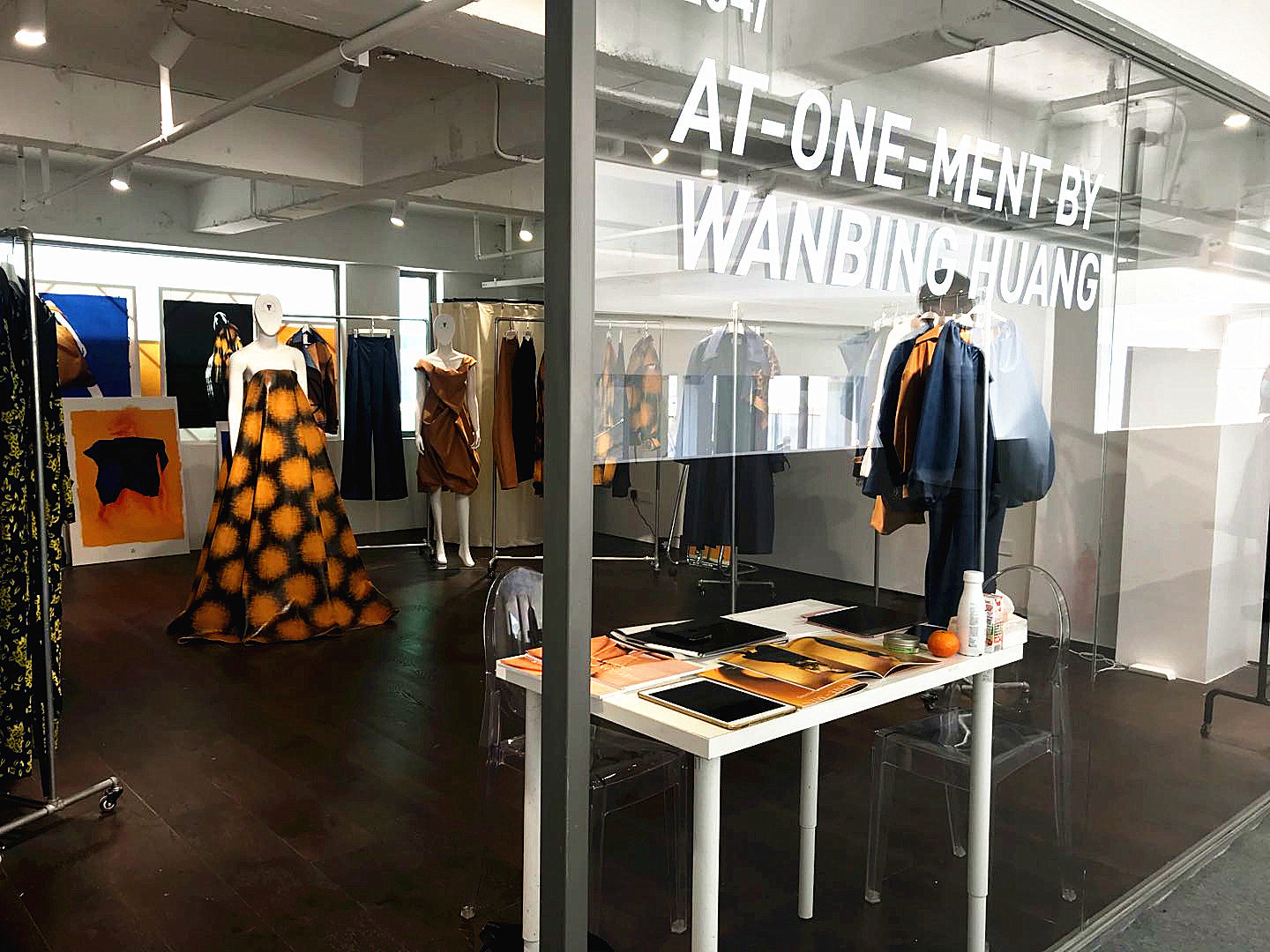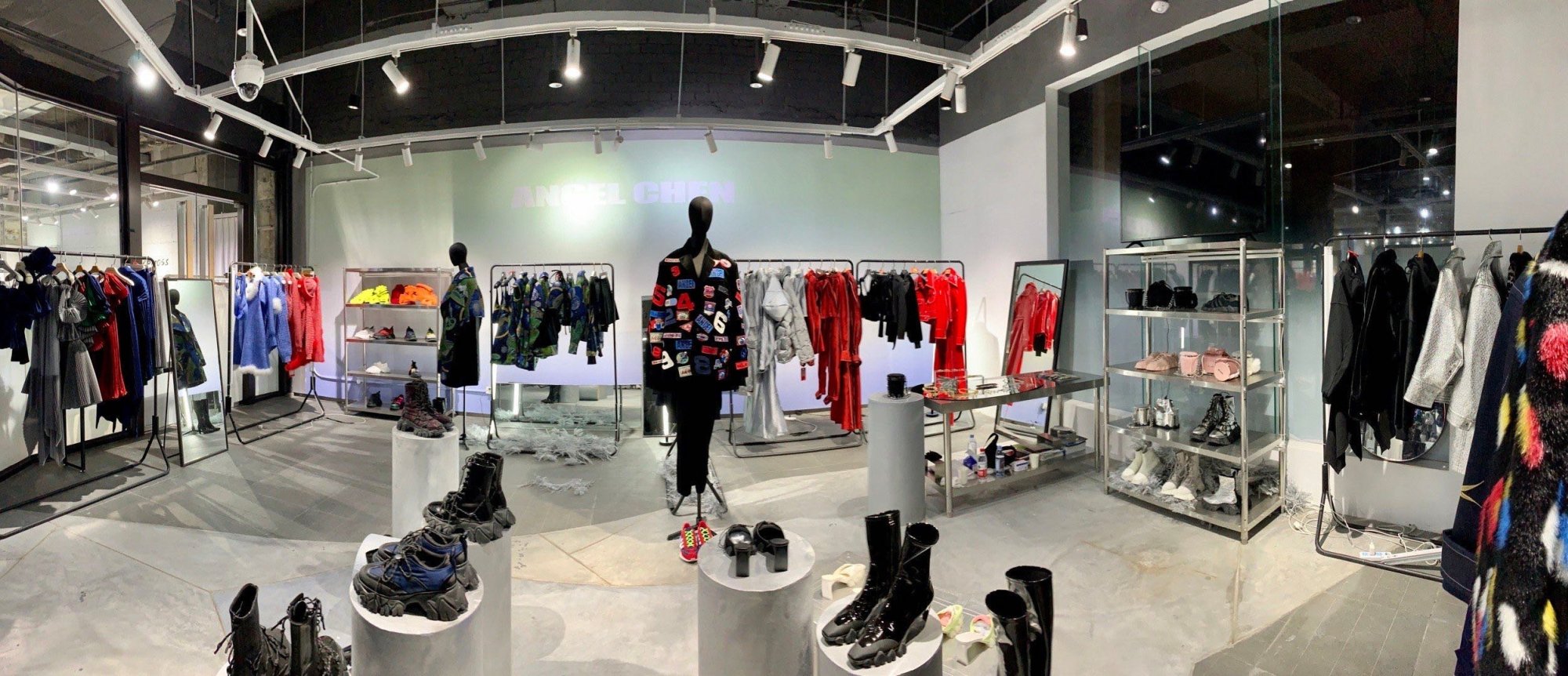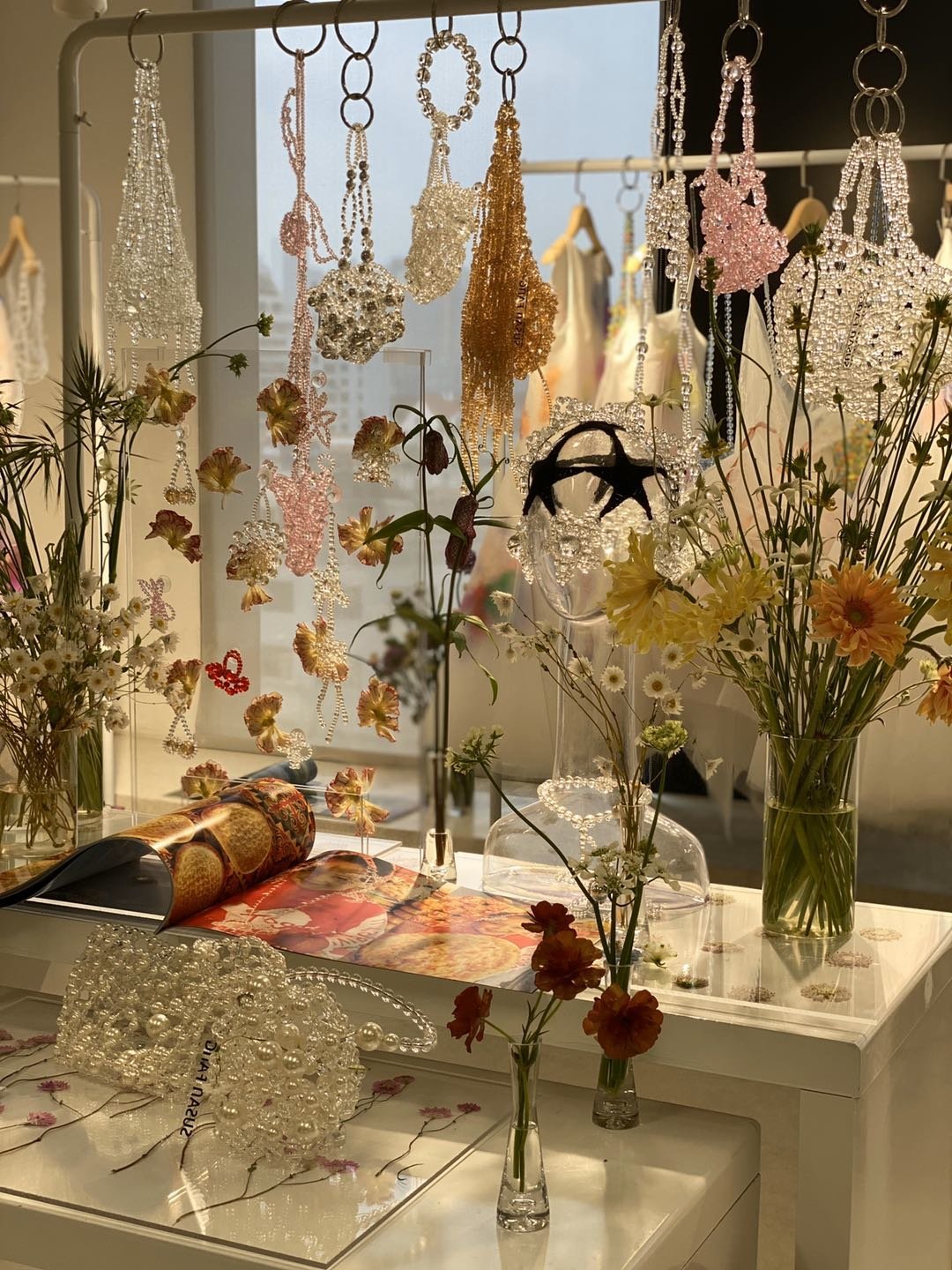Fashion After The Outbreak: A Special Report From Shanghai
April 27,2020
With the gradual stabilization of the COVID-19 epidemic in China, several fashion trade shows such as Not showroom, Showroom Shanghai (цЖх ),Т Ontimeshow, and Tube Showroom (trade shows in Shanghai Fashion Week), all gradually resumed operations in April. Luxe.CO recently visited these four fashion trade shows in Shanghai and caught up with independent designers and buyers from different cities to understand the impact of the epidemic on their business status and future plans.
Number of Exhibition Visitors Dropped Sharply, But Most Brands Gained New Customers
The exhibition periods of the four trade shows were extended in order to control the flow of people. TheТ Not showroom,Т Ontimeshow andТ Tube ShowroomТ all adopted reservation systems. AlthoughТ Showroom ShanghaiТ continued to use a registration system, the exhibition was divided into two exhibition halls to disperse the crowds and effectively strengthen the safety and control work.
Many brands could not make it to Shanghai to participate in the trade shows due to quarantine policies. All four trade shows were smaller in size compared to the same period last year, with between 25 to 30 brands showcased at each show. However, the business environment was more focused due to the smaller scale; therefore, all four shows reported more new customers. According to the official data released by Showroom Shanghai, 1,049 buyers showed up during the five-day event, which accounted for 53 percent of the total number of visitors, and the largest percentage of buyers ever, most of whom were from East China, with buyers from the North and Mid-Western regions absent. Many new buyers from Xinjiang, Anhui, Xi 'an, Yunnan, and Henan filled the regional gap for most brands.
Zhang Ying, Head ofТ Not showroom, also said, т25 percent more buyers showed up than were booked on those days, on top of 25 percent more reservations. After the warm-up, everyone began to spread the news. We saw that the buyersт side was also warming up, with a lot of ad-hoc decisions.т She observed that there were more buyers from Jiangsu, Zhejiang, Sichuan, Shenzhen, and Guangzhou than from the North, with the number of buyers from second- and third-tier cities also growing.
Although the outbreak has stabilized in China, most buyers are still cautious and the number of first-time orders for the same product has declined. At the same time, many buyers who had planned to go to Europe gave their overseas purchasing budget to domestic designer brands due to the European lockdown.
Designer brands including MiCarsy, AT-ONE-MENT, Susan Fang, Jarel Zhang, Swaying/Knit, Yvmin (хАЄчЎ) and CHENPENG partnered with more multi-brand boutiques during the trade shows. For example, the number of multi-brand boutiques that cooperated with the brand Swaying/Knit in these trade shows increased by 30 percent. The brand founder said: "The number of orders actually grew compared with the previous quarter because of the outbreak. This was quite unexpected, and we found that the buyersт attitude was very positive. This time, 40 to 50 percent of the buyers ordered more summer collections." The brand manager of Susan Fang also said that, although buyers were cautious, they were also very bold. "There are about 10 multi-brand boutiques in the new partnership, all of which were bolder in choosing goods."
Multi-brand Boutiques: Maintaining Existing Customers Closely, While Experimenting With Various Online Channels
Many shops were closed in February and March due to the outbreak, which affected the sales of many offline multi-brand boutiques. Many buyers are also worried about a repeat of the outbreak in the second half of the year, with some stores seeing their budgets drop by 30 to 50 percent. Although many multi-brand boutiques actively expanded their online channels during the epidemic period, promoting their products through WeChat, TikTok, and Xiaohongshu, the results were disappointing due to a lack of channel foundations and high product prices.

AT-ONE-MENT's pavilion
According to one buyer, "Despite live streaming, middle and high-end brands still have a small audience in small cities like Ganzhou. Most of our customers are still the regular ones. The purpose of this visit is to see if we can adjust the brand to add more categories and attract new consumers. Some items may also be priced around 10 to 30 percent lower."
A buyer from Xinxiang, Henan Province, said: "Since stores were closed during the outbreak, we switched to live streaming in order to maintain our existing customers. We tried short videos, in-store appointments, and so on, and the results were mediocre. A lot of people voiced concerns about whether there will be a repeat of the epidemic, indicating that consumer confidence is not very strong. We are still hoping to bring customers to our physical store in the future to enhance their experience. Although we are not against being online, we still want to focus more on the offline consumer experience.т
The epidemic has made buyers much more aware of the importance of maintaining Т customers. At the same time, they also said that consumersт shopping habits have changed. As buyers from Nanjing said, "People liked to buy outerwear before, but many people chose to buy indoor clothing instead during the epidemic."

Angel Chen's pavilion
Although the outbreak has brought a great number of challenges, many opportunities have emerged that are easier to capture for stores that already have a strong online presence. The Hangzhou-based multi-brand boutique, T.B.C., opened a livestream account on TikTok before the outbreak began, and has been promoting goods on it every day since then. Sales in February increased compared to last year due to online streaming, while sales in March were relatively static. A buyer from T.B.C. said, "We have tens of thousands of fans who have spent money online. We may not have been able to communicate with these consumers in close proximity before, but we were able to answer their questions and get to know them better during the live stream.т
Although the sales were good, T.B.C. still made some adjustments to their selection due to the outbreak. тNormally the budget increases every year, but this Autumn and Winter we maintained the same budget as last year. Previously, weтd place many orders for a single brand, but now we place fewer orders across multiple brands to accommodate different online needs and styles of consumption. The breadth of our SKUs is now larger. Iтve seen a lot of designer brands coming out this year, with slightly cheaper (1000-2000 yuan) pieces that meet the needs of consumers with a shrinking budget, and I think they're trying to fit in with the market. Since our budget is still conservative due to the epidemic, the quantity of the first order will not be too high. We hope the designers will use fewer imported fabrics, improve the delivery speed, and give us more support in the future.т
Designer Brands: Learned Many Lessons From The Epidemic
Large numbers of domestic and foreign factories have shut down and stopped production due to the outbreak, and many designer brands have encountered fabric supply and clothing production problems. This experience has given the brands a deep understanding of the need to be prepared for anything in the future. Li Min, the Co-founder of Yvmin(хАЄчЎ) said, тWe were thinking of preparing the new collections before the outbreak and this became even more important after we went through the outbreak.т
A factory shut down in Italy meant that certain fabrics that were required could not be produced in time, and time spent on transportation and customs clearance was also prolonged. In the end, the brandТ AT-ONE-MENTТ had no choice but to cancel all the clothes made from a specific fabric, and the brand Jarel Zhang had to manufacture 2 or 3 categories of clothes with alternative fabrics as samples for this trade show for the same reason.
To avoid this kind of emergency happening again, Wanbing Huang, the founder and designer ofТ AT-ONE-MENTТ said, "In future, I will more or less prepare an inventory before each season starts, and I will also prepare a few more accessories. This time, Iтve learned that there should always be a Plan B."

Susan Fang's booth
Many brands have focused more on online channels, starting live streaming events or opening Taobao stores in order to better communicate with consumers during the outbreak. For example, the brand Angel Chenтs Taobao shop officially opened on March 30. The brand CHENPENG set up its Taobao store in just two weeks, and some of its most popular styles from the past season hit the shelves. тWhen something unexpected happens, it should not stop us, but we should actively expand new channels for future development. We may have considered opening more shops in Tmall and Taobao before, but due to the epidemic, the TikTok, Xiaohongshu, and Kuaishou platforms have gradually been transformed into platforms to promote consumption through entertainment. Iтve also opened a TikTok account during this period, and I usually post some short entertaining videos.т
Although the outbreak of the epidemic has brought great challenges to designer brands, it has also given them time to slow down, seriously think about the healthy development of their brand, and pay more attention to the core pillars of brand management.
| Editor: Maier












Comments